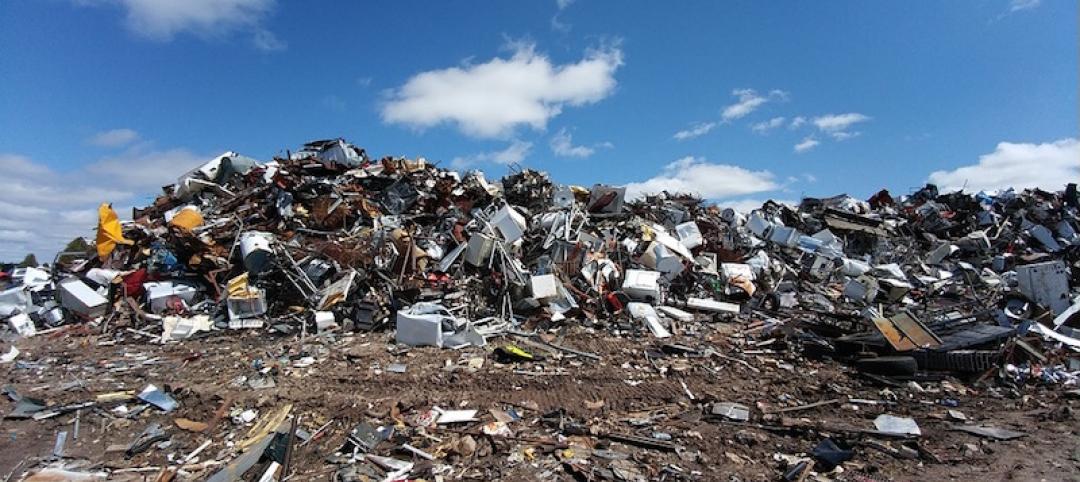Energy efficiency upgrades in multifamily properties offer benefits to residents including lower utility bills, but some of the materials used in these projects to better insulate buildings can create health hazards.
A new report by Energy Efficiency for All (EEFA)—Making Affordable Multifamily Housing More Energy Efficient: A Guide to Healthier Upgrade Materials—offers a comprehensive guide for builders and policymakers in the use of readily available, healthier insulation and sealing materials. It includes policy frameworks to accelerate these materials’ adoption and improve air quality.
Currently, contractors and building owners are most focused on boosting efficiency performance levels of insulation and air sealing specifications with less consideration for the potential air quality impact of materials such as spray foam and modified polymer and polyurethane sealants. These materials commonly contain isocyanates, flame retardants, and phthalates that have been linked to health problems.
There are opportunities to promote healthier retrofit materials through green standards, but a broad industry discussion is needed to build consensus around a common approach, according to an article at the Natural Resources Defense Council. The Low-Income Housing Tax Credit, the most common financing source for building, renovating, and retrofitting affordable multifamily housing, for example, is a key driver in materials decisions. It could be used to promote the use of healthier insulating materials.
Related Stories
Codes and Standards | Jan 29, 2018
Advanced Energy Design Guide for K-12 Schools to achieve zero energy
Publication is joint effort by ASHRAE, AIA, IES, and USGBC.
Codes and Standards | Jan 26, 2018
Flying drones while inebriated now illegal in New Jersey
Violators could be sentenced to six months in jail.
Codes and Standards | Jan 25, 2018
OSHA penalties for violations increase
Fines adjusted for inflation in the New Year.
Codes and Standards | Jan 23, 2018
Disaster mitigation strategies that exceed code could save billions
Four dollars saved for every dollar spent, says NIBS report.
Codes and Standards | Jan 19, 2018
U.S. construction fatalities rose 6% in 2016
Falls accounted for 39% of deadly accidents.
Codes and Standards | Jan 18, 2018
Record storm surge in Boston prompts renewed calls for flood mitigation infrastructure
Newer buildings constructed in flood zone fared well.
Codes and Standards | Jan 17, 2018
Green Building Initiative acquires global rights to Green Globes from JLL
Transaction allows GBI to expand operations to Canada and elsewhere.
Codes and Standards | Jan 16, 2018
Engage code officials early for better building performance, predictable enforcement expectations
White paper says code officials should be collaborators and facilitators.
Codes and Standards | Jan 12, 2018
Arlington County, Va., earns first LEED for Communities Platinum Certification
Honor recognizes efforts to reduce greenhouse gas emissions, manage stormwater.
Codes and Standards | Jan 11, 2018
TRUE Zero Waste provides roadmap to divert waste away from landfills
USGBC program signs on more than 130 companies or facilities for certification.

















